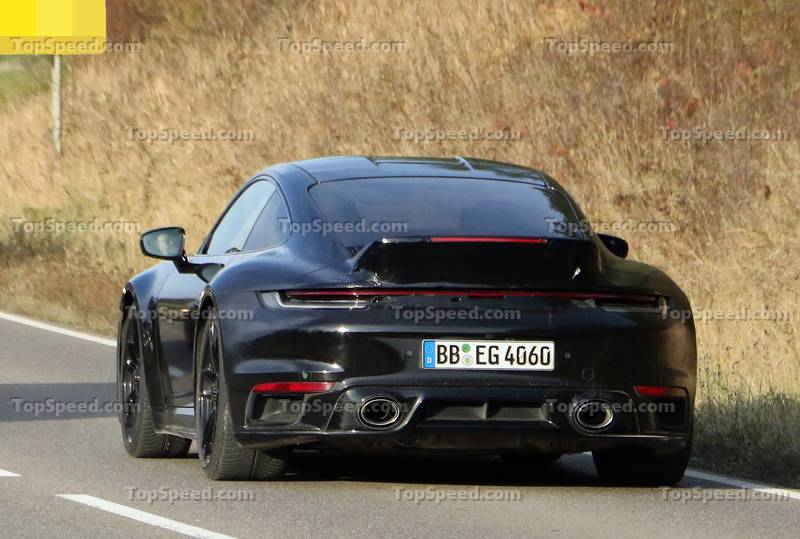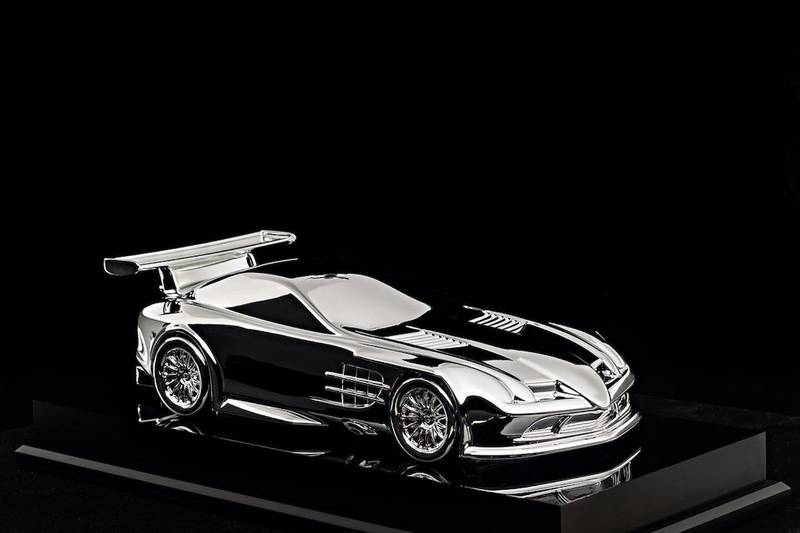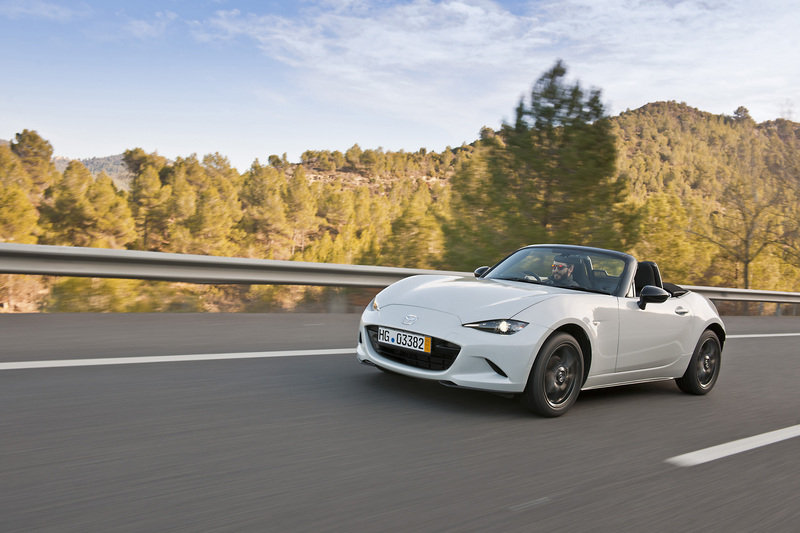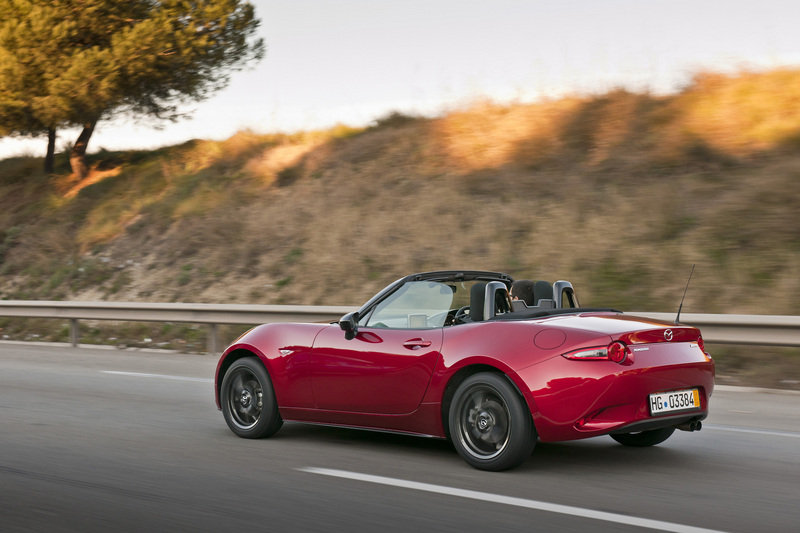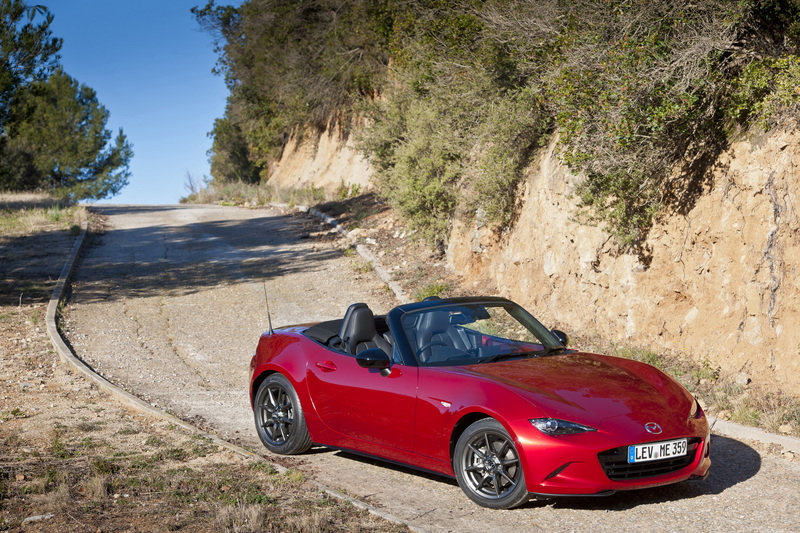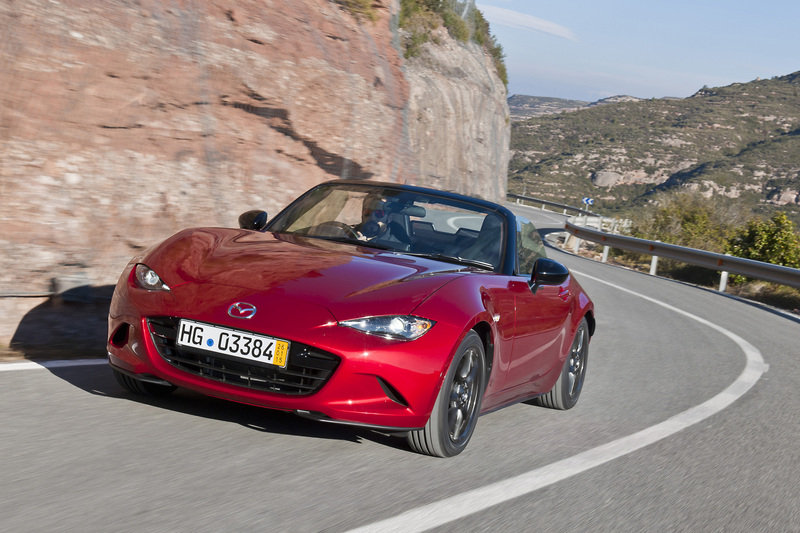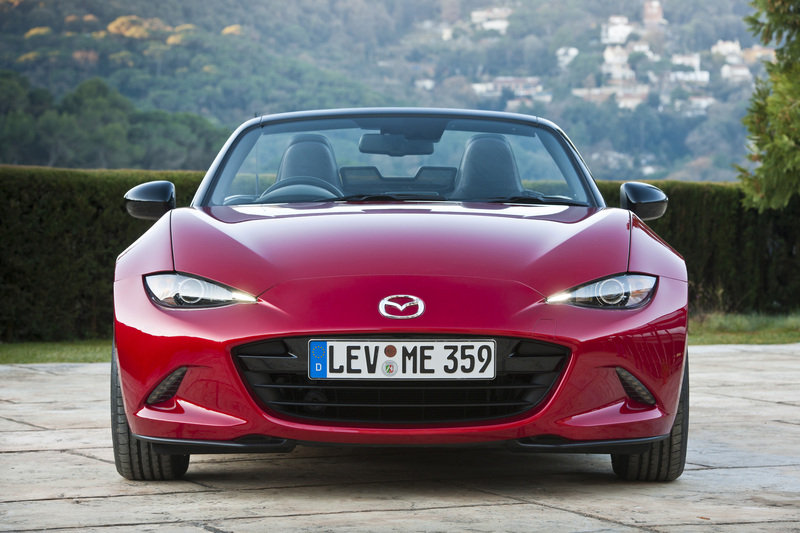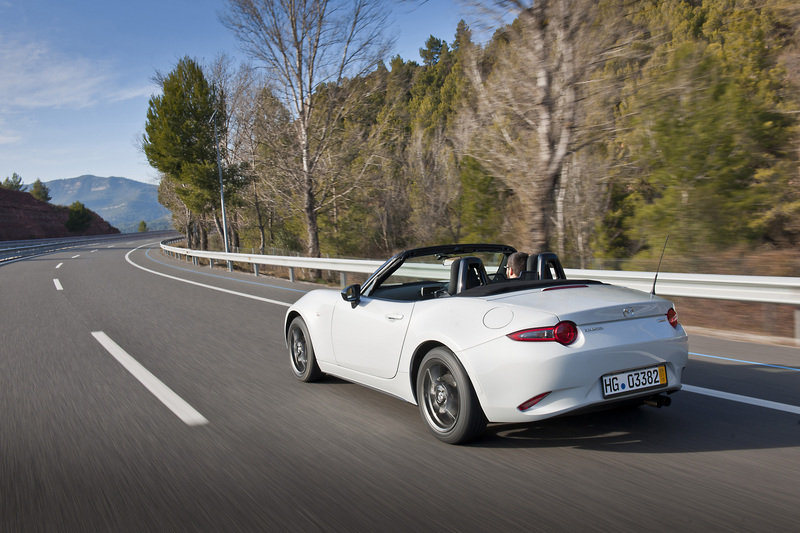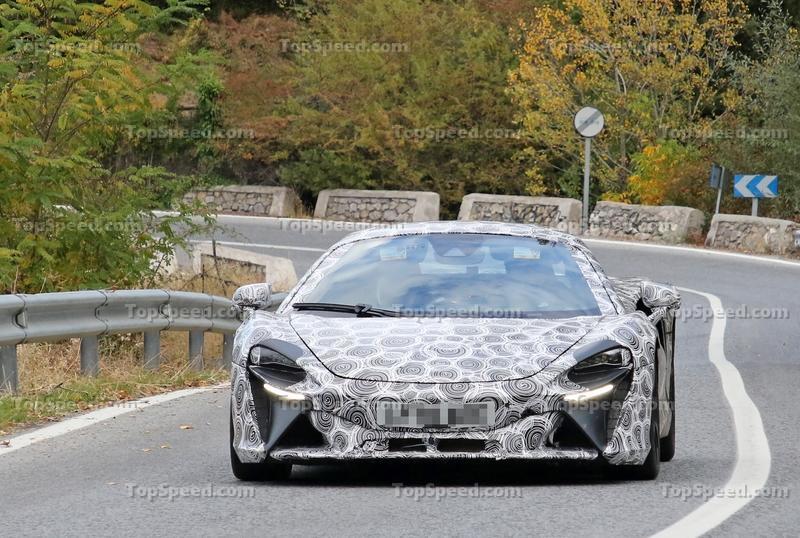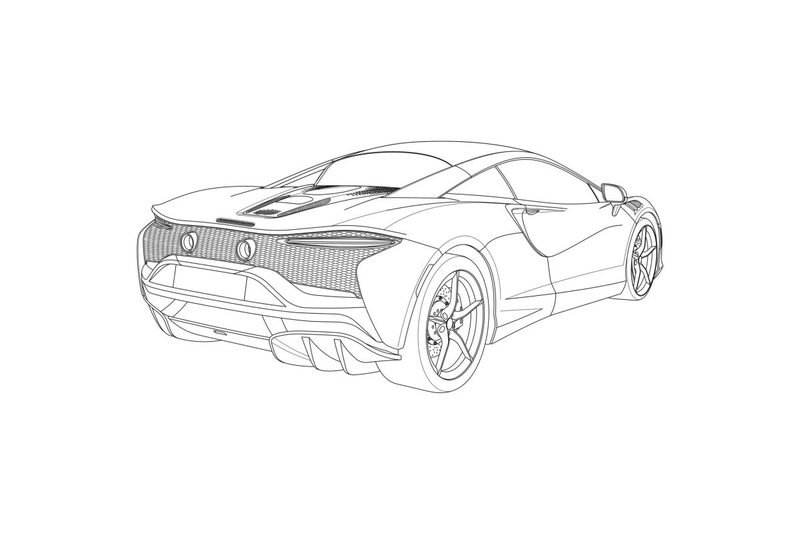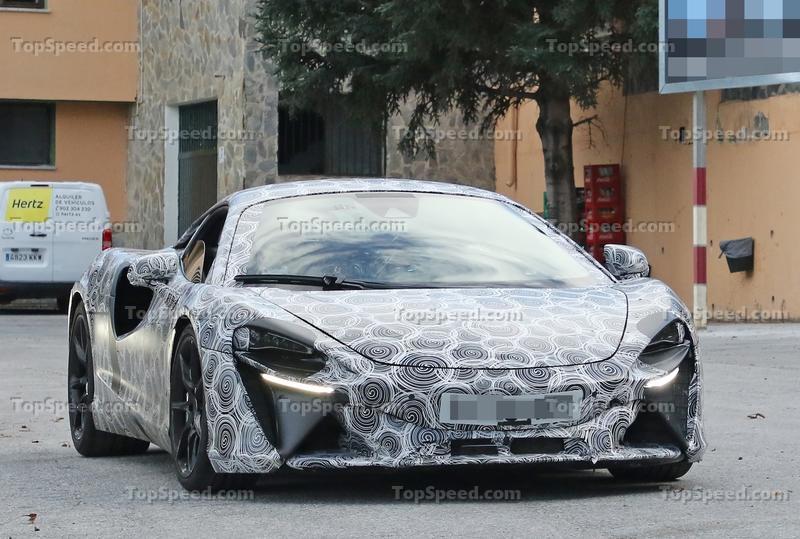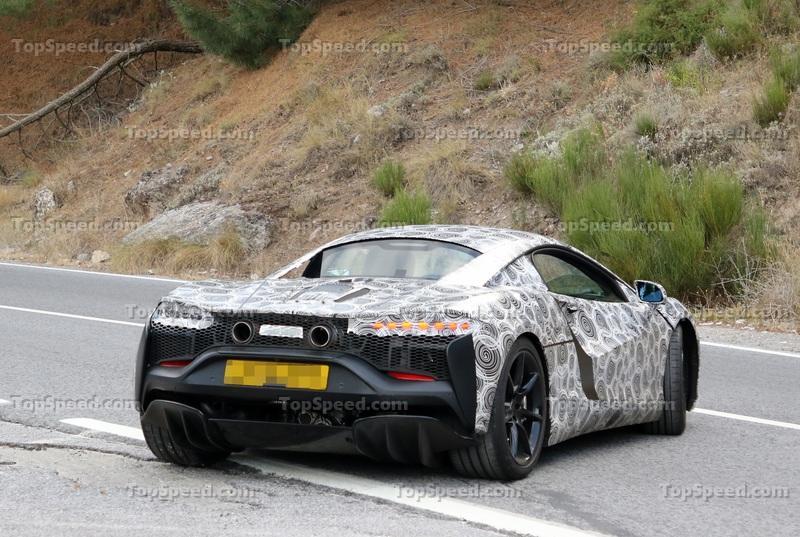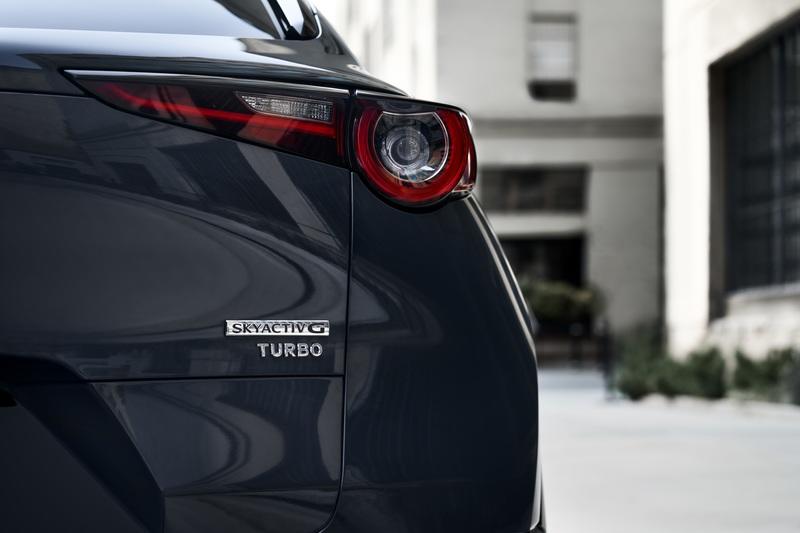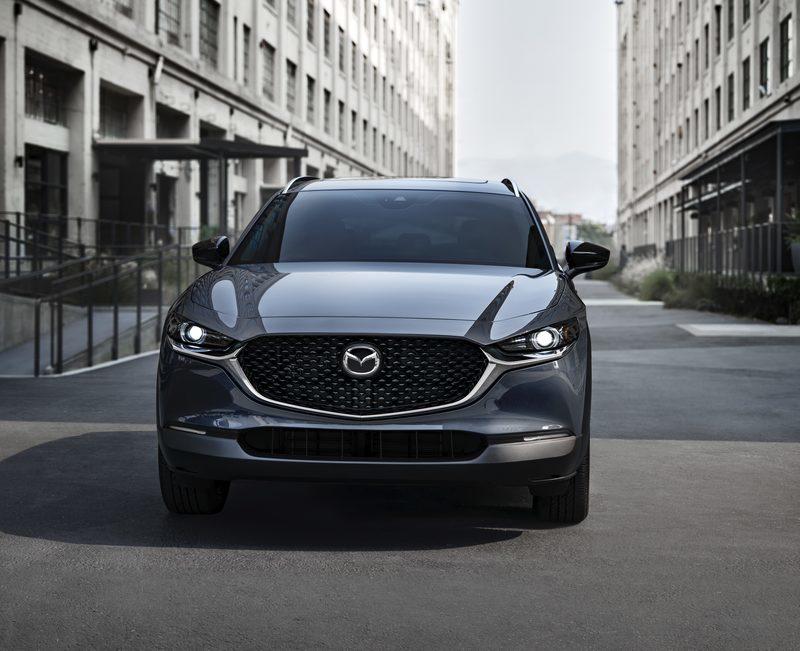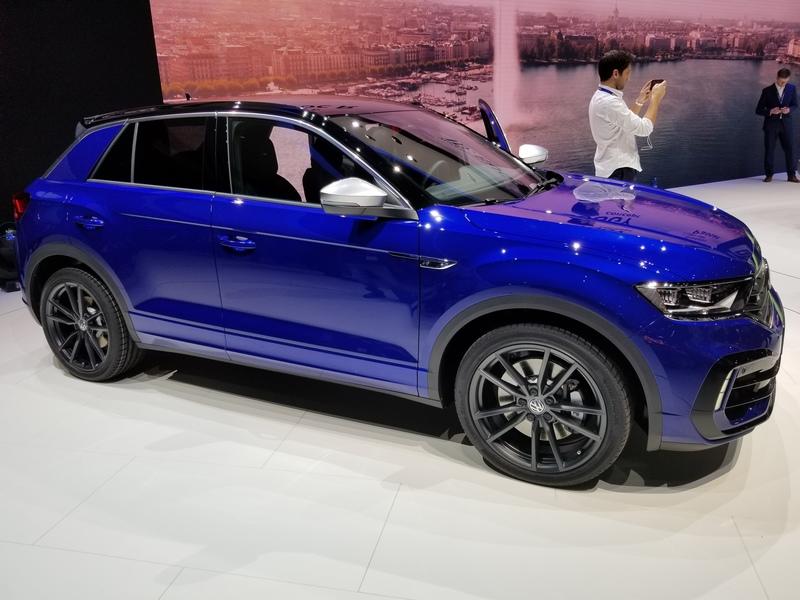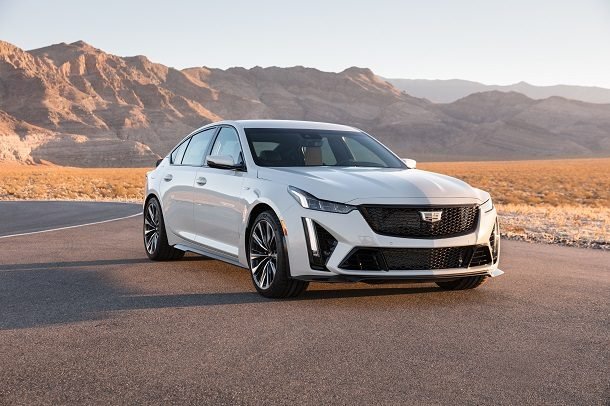
Last week, GM announced plans to go 100 percent EV with its light-duty vehicle fleet in less than 15 years. Tonight, Cadillac took the wraps off two high-performance luxury sport sedans that probably won’t pass too many gas pumps.
Talk about whiplash.
To be fair, development lead times are long – almost certainly longer than the time it took GM to come up with its ambitious EV goal. Furthermore, GM’s goal set a target for the dim, distant future, and there’s still room for high-zoot engines on the marketplace – at least in the short term.
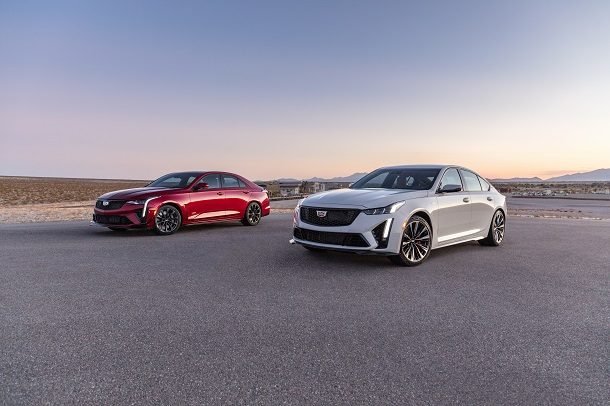
The mills here are a 6.2-liter supercharged V8 for the CT5-V Blackwing and a 3.6-liter twin-turbo V6 for the CT4-V Blackwing.
Oh, hey #savethemanuals folks, you should take note – a six-speed manual with rev-matching and no-lift shifting is standard. If clutching is too much work for you, a 10-speed automatic with paddle-shifters is available.
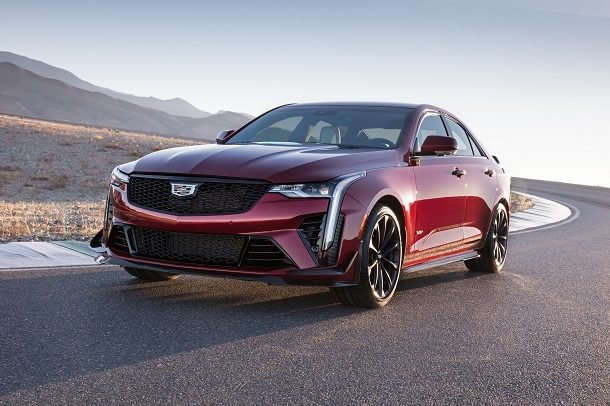
There’s an electronic limited-slip differential, a suspension tuned for sport, magnetic ride control, structural changes that Caddy says will improve steering response and handling for on-track driving, large brakes (Cadillac claims the largest its ever put on a production car – up to 15.67-inch rotors), customizable digital gauges, launch control, and Performance Traction Management.
The V8 is slated to make 668 horsepower and 659 lb-ft of torque and will be hand-built in Bowling Green, Kentucky. It will even be signed. Compared to other versions of this engine, it has a higher-flow air intake and tweaked exhaust system.
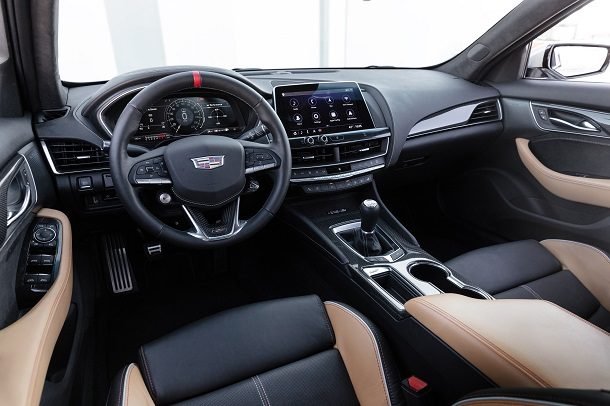
It also has a 1.7-liter, four-lobe Eaton blower. Cadillac is claiming a top speed of over 200 mph and a 0-60 time of 3.7 seconds when equipped with the slushbox, as well as a 46 percent improvement in intake airflow over the CTS-V.
Track people, take note of the wet-sump oil system with external oil separator. Other goodies include titanium intake valves and aluminum cylinder heads that are supposed to be stronger and better at handling heat than conventional aluminum-alloy heads.
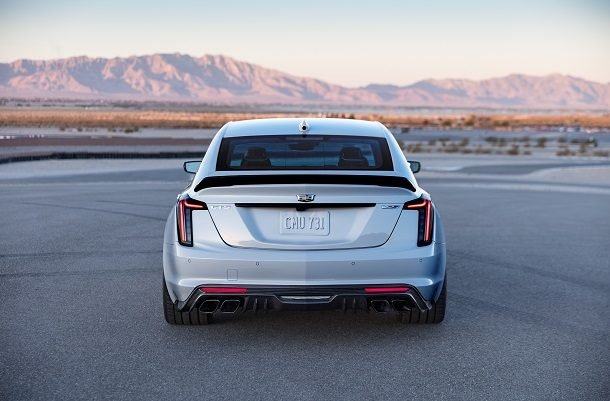
The V6 appears to be no slouch, either, with 472 horsepower and 445 lb-ft of torque. Intake airflow is projected at 39 percent better than the ATS-V, and the top-speed number is claimed to be 189 mph. Zero to sixty is said to flash by in 3.8 seconds if you opt for the automatic.
Manual-trans cars get titanium connecting rods, and cars with either transmission get a whole bunch of other tweaks, including revised crankshaft counter weights, better temperature control via piston oil squirters, and a cooling system that is meant to improve torque response.
Brakes are Brembos, naturally, with six-piston calipers up front and four-pistons out back, and available carbon ceramics on the CT5-V. Brake-pedal feel can be adjusted via the drive modes.
Both transmissions feature differential cooling.
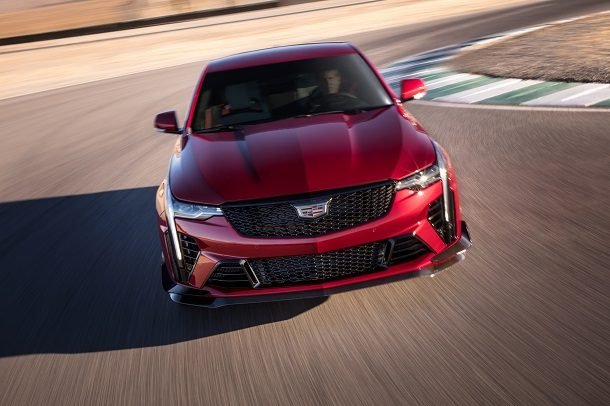
The suspension tweaks include stiffer spring rates, unique hollow stabilizer bars, and higher-rate bushings. It’s a MacPherson strut setup in front and five-link independent setup out back.
Track rats will like the available carbon-fiber aerodynamics kit and Michelin Pilot Sport 4S tires. Wheels are forged aluminum-alloy (standard) and widths are staggered. V6s roll on 18s, with the CT5-V on 19s.
The grilles (yes, plural – the main grille is meant to improve airflow while the secondary grilles assist with airflow and cooling), rear spoiler, front splitter, rear diffuser, and fender vents are among the body panels/features that are tweaked, and all exterior lighting is LED. Underbody panels reduce drag and the aforementioned optional carbon-fiber aero kit reduces lift. The brake calipers are available in different four different colors, while there are three interior trims (base, mid, and top level). Wireless Apple CarPlay and Android Auto are standard along with wireless cell-phone charging.
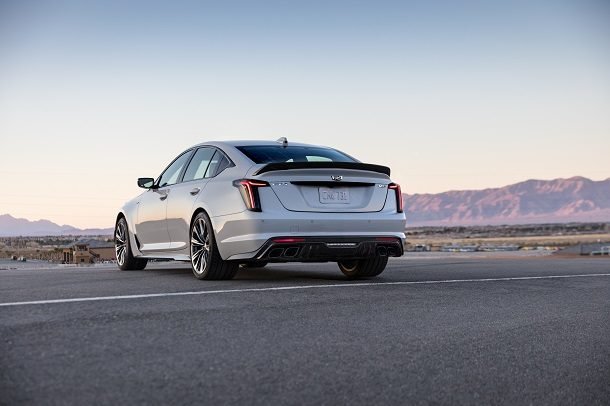
Interior options will include a head-up display, heated seats, cooled seats, massaging seats, carbon-fiber accents, performance steering wheel, sueded microfiber headliner, uplevel audio, and Performance Data Recorder for on-board video of all your track-day exploits.
If you want one of these cars, Cadillac will happily take your reservation 15 minutes after this post goes live, at 7:30 EST on Feb. 1, 2021. Pricing starts at $59,990 for the CT4-V Blackwing and $84,990 for the CT5-V Blackwing. That’s including the $995 destination fee.
Deliveries begin this summer.
[Images: Cadillac]
Related


